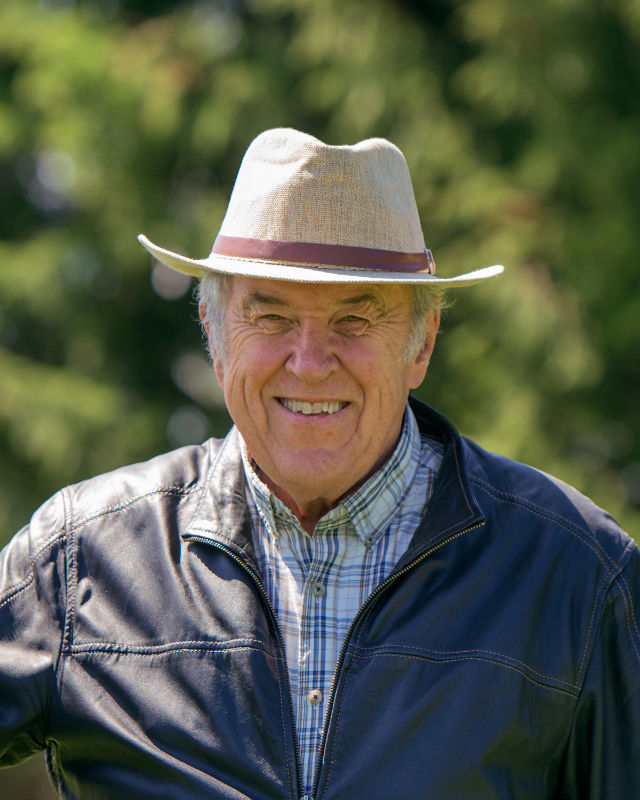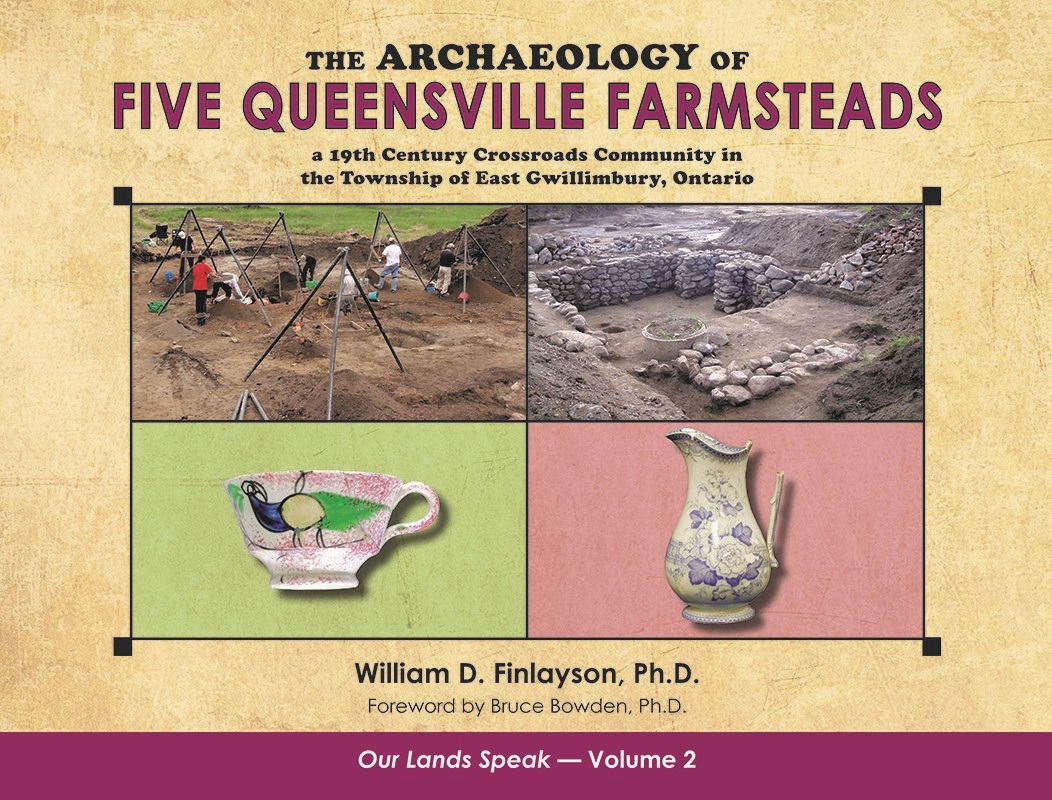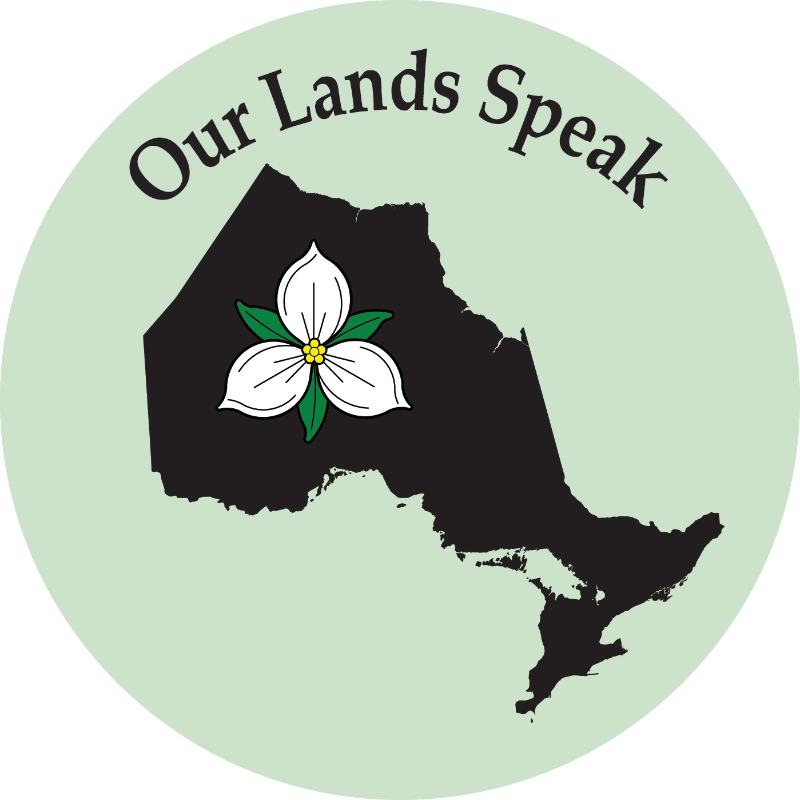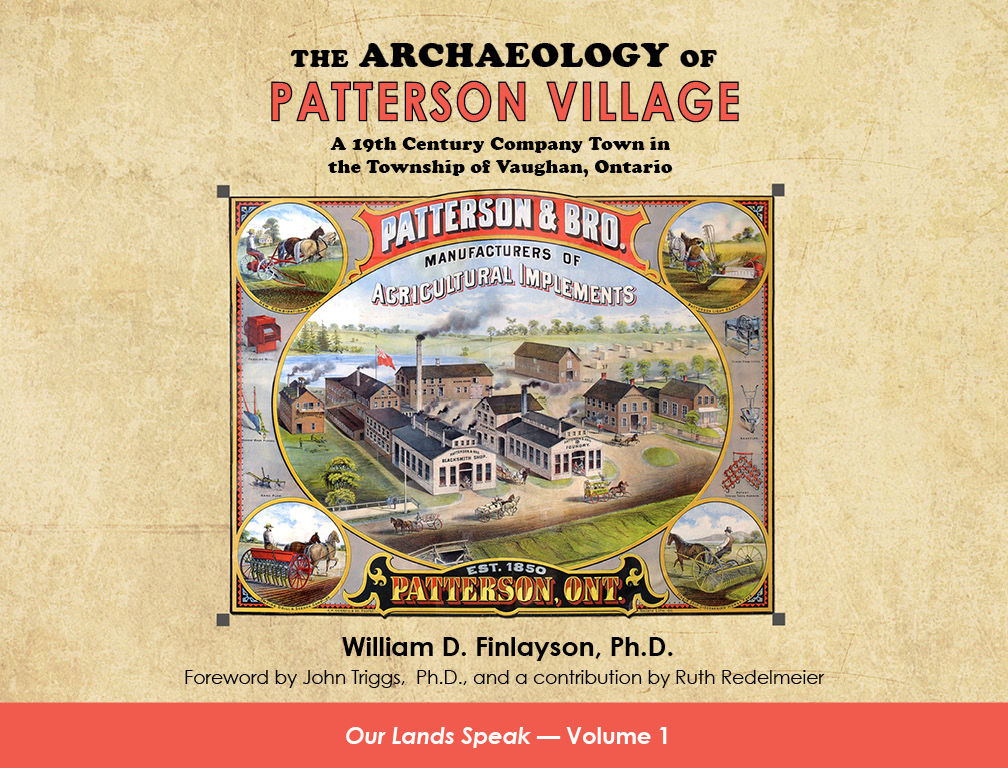Our Lands Speak is a prolific series of books documenting the fascinating findings of This Land Archaeology Inc. excavations since 2006, led by founder, author, and Ontario’s senior-most archaeologist, Bill Finlayson.
Latest Posts

The White Site
Tripp noted 10 characteristics which suggested that the White site was a farm hamlet, occupied seasonally over many years. Among these unusual features were an absence of village planning and defensive planning in the placement of houses, which on the other hand was so prevalent at Draper.
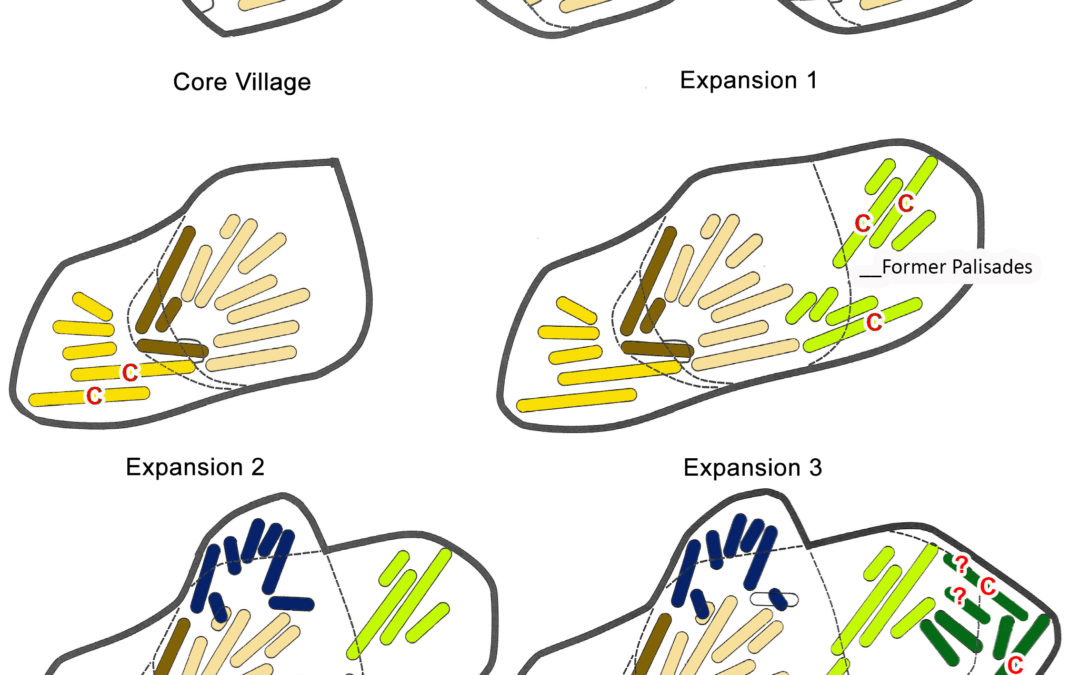
The Draper Site: Special Structures, Chiefs’ Houses
We know from the historical documents of the Historic Huron that these types of houses existed. We can use this data to help us better understand the occupants of the Draper site. It is noteworthy that as the village expanded, these long longhouses were situated on the outer edges of the expanded part of the village. Such a pattern of placement of chiefs’ houses—to potentially assist in village defenses—may be unique to the Draper site.
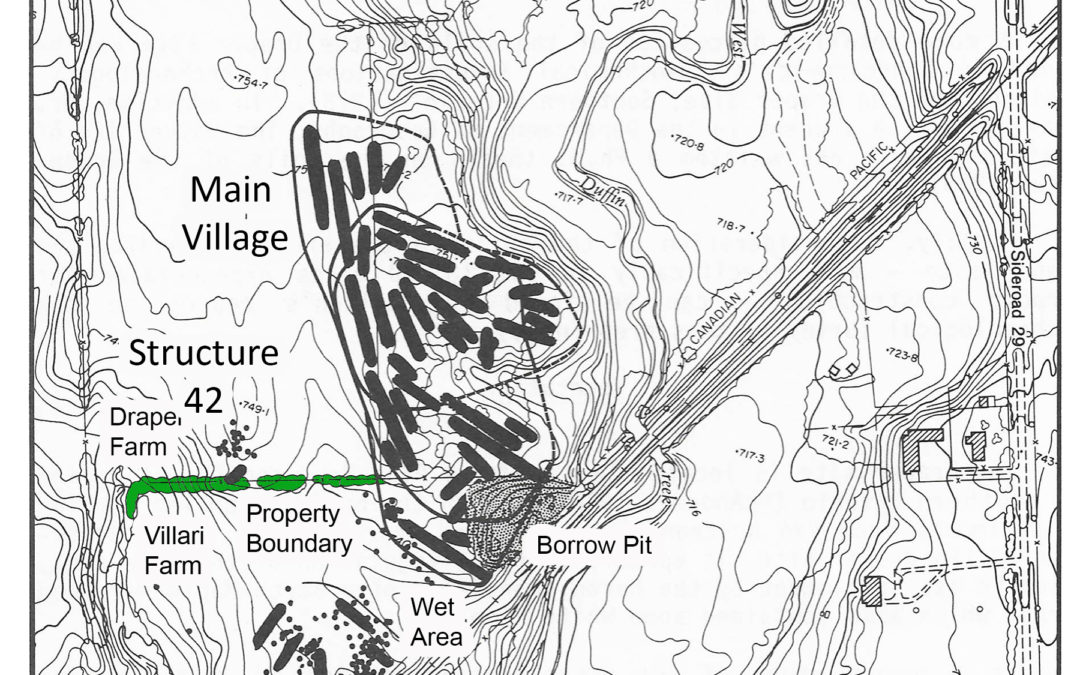
The Draper Site: Special Structures, Visitors’ Houses
One of the most intriguing aspects of the Draper Site was that it began as a typical small community of about 8 longhouses in a palisaded village, 1.2 hectares in size. Amazingly, it expanded five times to become a 3.4-hectare village comprised of 39 houses, most of which were occupied at the same time, with an estimated population of 1,800 people. Also, quite interesting was that not all of the structures we discovered were longhouses. There were three which I believe were unique structures used to house visitors to the Draper village. We know from historical documents written by early explorers and missionaries…
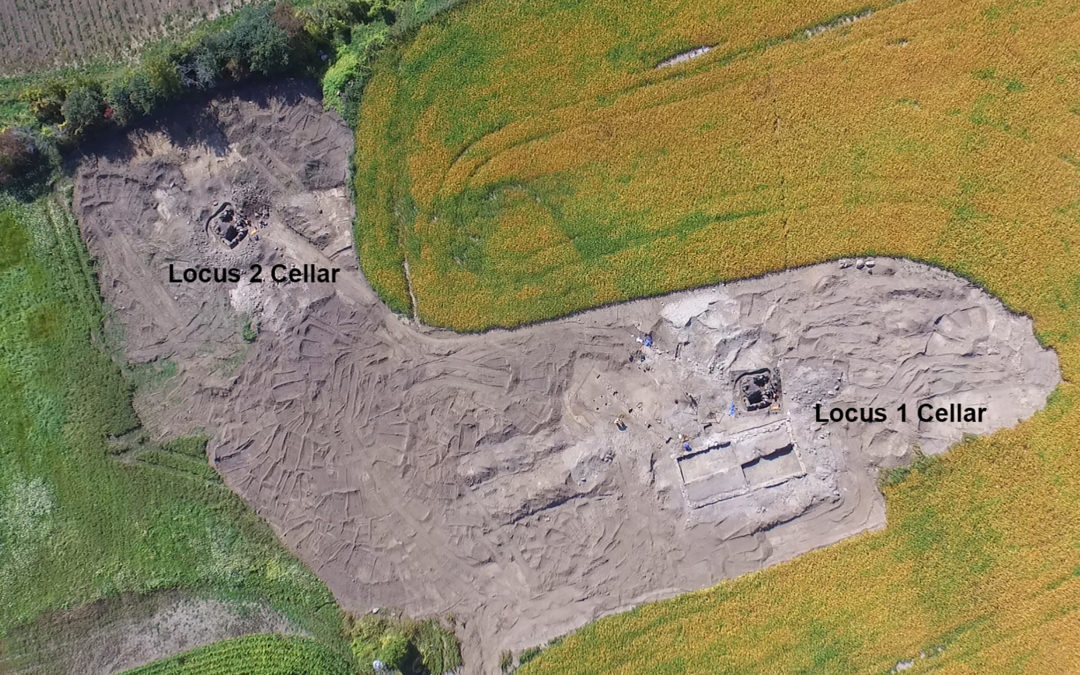
The Windmill Site
We discovered a second location we called The Windmill Site, inspired by an old windmill still standing beside the site. We also found the cellars of both of these homes which can be seen in the aerial picture taken by our drone. There were thousands of artifacts dating back to the late 19th and early 20th century, most of which were metal. We collected a few as representative samples of the kinds of artifacts in use at the turn of the century.
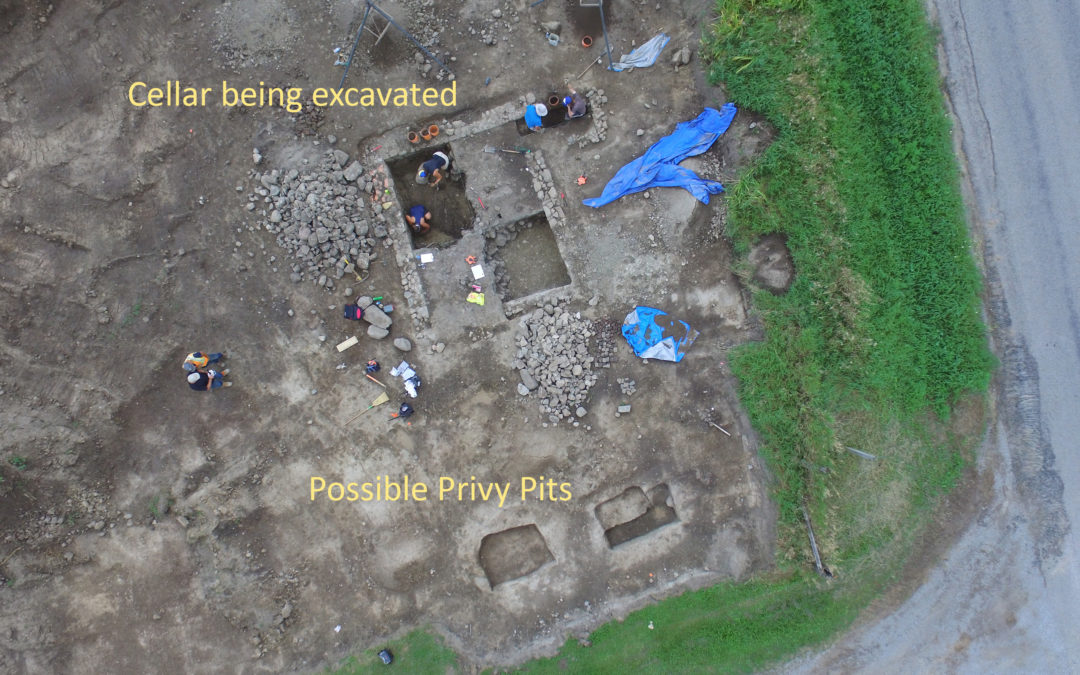
The Yake Site
This is the first archaeological site we have excavated that was occupied by tenants. The investigation reminded me of the tremendous variability of 19th century homesteads and farmsteads. It seems that every site is slightly different, and each one provides additional insights into life as it was more than a century and a half ago. Interestingly at times, these insights can be very different than the written history of the era.
The Brains Behind the Books
